Procurement FAQ
Procurement FAQ
What is the purpose of the Procurement Consortium?
The purpose of the Procurement Consortium is to deliver increased cost savings and service delivery to member institutions through collaborative procurement initiatives that focus on reduced pricing, improved terms and conditions, reduced risk and/or reduced process costs.
How is the Procurement Consortium governed?
The Big Ten Academic Alliance Procurement Leaders function as the Board of Directors and are responsible for approving all procurement initiatives, award recommendations, and resulting agreements. A Chair and Vice Chair of the Procurement Consortium each serving a two-year term are appointed by the Procurement Leaders. The Procurement Consortium operates under the auspices of the Big Ten Academic Alliance.
How often does the Procurement Consortium meet?
Big Ten Academic Alliance Procurement Leaders meet face-to-face in the Fall at a member campus and in the Spring at the Big Ten Conference Center in Rosemont, IL. They also have monthly conference calls and actively participate on a listserv to discuss business and share best practices.
How does the Procurement Consortium decide which joint procurement initiatives will be pursued?
Collaborative procurement initiatives are identified in various ways. Big Ten Academic Alliance stakeholder groups may bring forward initiatives when there are multiple willing participants who anticipate using any resulting agreement. In other cases, the Procurement Leadership or their staff may identify opportunities based on their knowledge of common organizational needs.
How does a supplier become a preferred supplier to the Procurement Consortium?
Once it has been determined that an initiative should be undertaken, a small team is formed with a buyer from one of the member campuses functioning as lead. This team develops a request for proposal (RFP) and distributes it to suppliers. The team reviews the suppliers’ responses to the RFP and recommends one or more suppliers to the Procurement Leaders. The Leaders then vote to determine which, if any, suppliers should be awarded the contract, stipulating primary and/or secondary suppliers as appropriate. The Procurement Consortium then initiates a Master Agreement with the selected supplier(s).
Who signs the contracts?
The Chairperson of the Procurement Consortium signs the Master Agreement on behalf of the Procurement Consortium, and the Executive Director of the Big Ten Academic Alliance signs for the Big Ten Academic Alliance. In most cases a letter of intent to use the agreement is entered into between a member institution and the supplier once the Master Agreement is executed.
Does the Procurement Consortium keep a database of suppliers interested in receiving RFPs?
No database of interested suppliers is maintained by the Procurement Consortium.
Staff Contact
Julie Sweet
Director of Operations
Phone: (217) 300-5383
Email: julie.sweet@btaa.org
